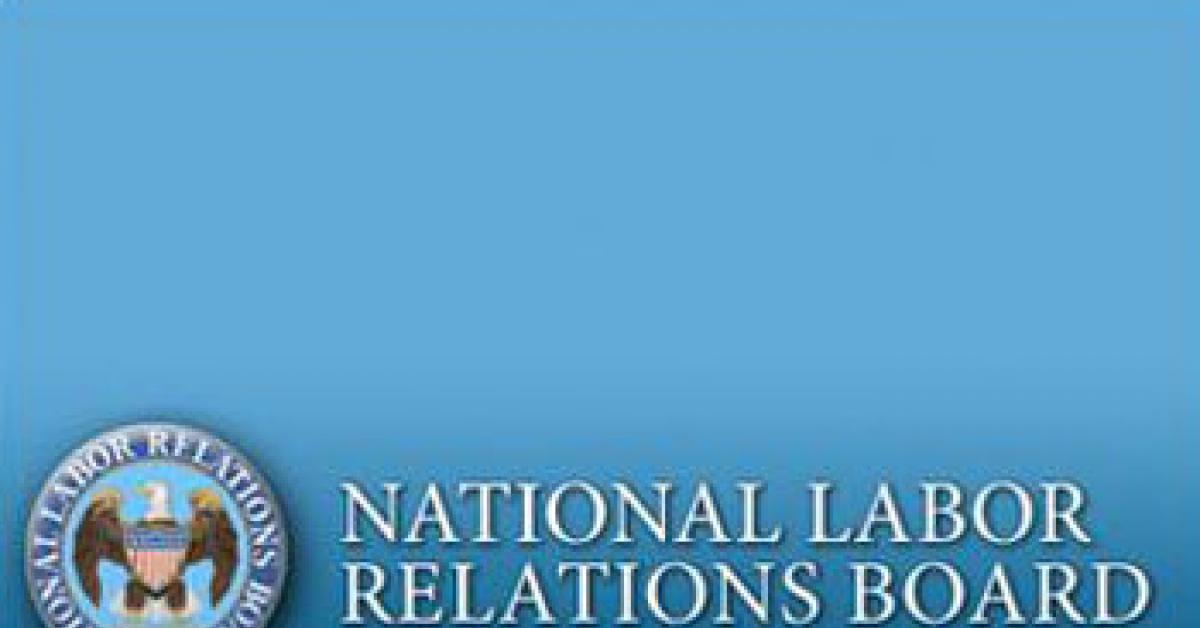EVANSTON, Ill. — As we predicted here several months ago (Could The Unions Still Clean Up?), the National Labor Relations Board (NLRB) is continuing its pro-union agenda with the same thunder as a battleship blasting a broadside.
On June 21, the NLRB published the proposed changes it wants in rules governing union representation elections. When adopted, these rules will make the jobs of union organizers easier by handcuffing management and fast-tracking representation elections in which a company’s employees vote whether or not they wish to unionize.
Following the defeat in Congress of the Employee Free Choice Act, which would have allowed “card check unionization” and eliminated nearly all representation elections, union leaders are trying a different way to reach their easy organizing goals. They know “if you can’t legislate, regulate.” And the NLRB regulates labor relations in America.
THREE STEPS MANAGEMENT CAN USE TO PREPARE
Astute managers realize the best way to avoid election hassles—and the chance of losing—is to treat their employees so they simply don’t want a union. The best way to do this is to identify and eliminate the irritants that cause employees to seek out unions in the first place.
Experts know that money is not the real reason employees seek out unions. Rather, workers vote for unions because they believe they are not being treated fairly, openly and honestly—without partiality or favoritism. This is the core issue that determines whether or not a workforce will vote for a union.
The first step to avoiding elections is to conduct an employee audit to determine worker sentiment, i.e. test the temperature on the central plant floor—out by perc dry cleaning machines, near the washer-extractors, or in the press areas where employees are wreathed in steam.
Employee attitudes cannot be accurately assessed with the simple paper-and-pencil employee audits many attorneys recommend. Those surveys rarely uncover the nuances of employee thinking, especially those of minority workers from foreign lands with different backgrounds and cultures.
The best way to understand employee attitudes is through face-to-face interviews by expert outside interviewers, because workers speak more openly to an outsider than to any manager for fear of retribution. Also, the ability to discern what employees actually mean by what they say is critical, takes a good deal of experience, and requires knowledge of modern manufacturing practices.
After experts uncover employees’ level of satisfaction/discontent—and the reasons behind it—management can then address employees’ concerns and eliminate the causes of negative worker attitudes. This often requires two subsequent efforts.
The first is supervisory training tailored to the specific problems of a particular company. Canned training from the Internet is inexpensive—and usually ineffective.
The second is developing a compensation system that encourages productivity and employee cooperation while reinforcing the natural employee/employer bond.
Together, these efforts improve a company’s marketplace competitiveness while rendering its employees virtually impervious to the promises of union organizers.
It is better to avoid an election entirely rather than merely winning one.
Have a question or comment? E-mail our editor Dave Davis at [email protected].
